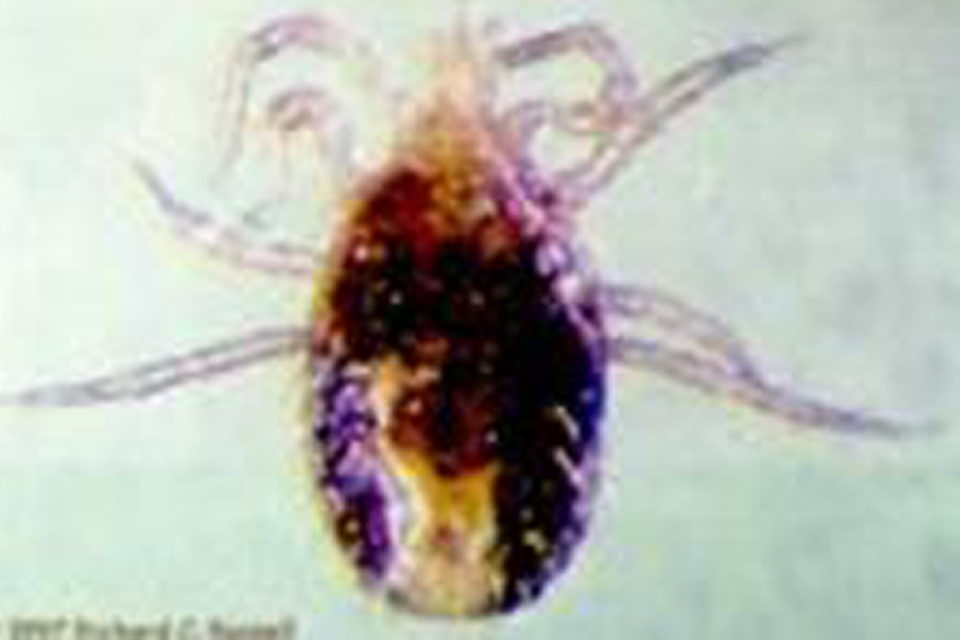BIRD CONTROL
- Do you hear noises in your roof?
- Are birds scratching and chirping, keeping you awake all night?
- Are you getting bitten by something in your house?
- Do you have bird droppings everywhere?
Possum Busters Bird Removal is fast and reliable.
We offer the fastest, friendliest professional service in Sydney.
Some birds are real pests. Pigeons, Starlings and Indian Mynah birds have become accustomed to living in and around buildings occupied by people. They can inhabit your roof or gain access onto ledges, beams or work areas and survive mostly by scavenging food, water, nest building materials and shelter from humans. These birds tend to carry bird mites and a variety of fungus that are harmful to humans – not to mention that they smell bad and are dirty.
There are many ways to prevent birds from gaining access to inhabited areas and a range of bird proofing materials can be used to prevent reinfestation on both commercial and residential premises.
Possum Busters will bird-proof your dwelling and treat any infestation of mites once the birds have been removed. We can prevent birds from accessing:
- Public Buildings
- Blocks of Units
- Restaurants
- Railway Stations
- Industrial Workshops
- Shopping Centres
- Airports
- Marinas
- Residential Homes
The Most Common Birds Found in Roofs
Indian Mynah (Common Mynah)
The common Mynah is brown with a black head. It has a yellow beak and legs. It is also known as the Indian Mynah. The common Mynahs mainly gather in communal roost, which are commonly found in roof spaces, bridges and in large trees. Indian Mynahs were introduced to Australia in the early 1800s to control pests.
They can be aggressive and can displace native birds from their nests. They also compete with native fauna for food and habitat, adding pressure to local threatened species. The Mynah bird thrives in urban areas and is very rarely found outside cities. It carries bird lice and can be quite loud.

Pigeons
The standard pigeon is grey and has a small head and short neck. Their short legs with level toes allow them to grip to branches as well as walk on flat surfaces.
Feral pigeons, also called city doves, city pigeons or street pigeons, are derived from domestic pigeons that have returned to the wild. Pigeons naturally inhabit sea-cliffs and mountains. Feral pigeons find ledges of buildings to be a substitute for sea cliffs, and have become adapted to urban life, living abundantly in towns and cities all over the world. Pigeons are found in all Australian cities and many people class them as our worst pest.
Pigeon faeces can carry air borne funguses and the smell can be quite off-putting. The most common disease passed from birds to man is Psittacosis, but over 40 other diseases can also be passed from the feral pigeon to humans. Pigeons carry a large amount of bird lice and can be the cause of a bad night sleep. Faeces can also cause extreme damage to buildings and monuments.

Bird Mites (commonly known as bird lice)
Bird Mite bites are 10 times worse than flea bites and can cause anything from minor irritation to severe reactions.
The eight legged bird lice are of the arthropods family and are commonly found on pigeons, starlings, sparrows and Indian Mynah birds. They inhabit the nesting materials of birds and live directly on the animals. Bird lice feed on the blood of the animal and coexist with the bird and its habits.
The main problem with bird lice is that once the fledglings have left the nest, the mites can come directly into the home via the roof or ledges close to vents or windows. Although the mites cannot survive solely of humans, they can take up to 3 weeks to die if left untreated.

Bird Mite Treatment and Control
Irritation from bird mite bites can be alleviated with creams. Severe reactions may have to be treated, like other allergic conditions, with antihistamines. Unless steps are taken to control the mite infestation, symptoms resulting from bird mite bite will continue.
An insecticidal spray can be applied to eradicate mites inside houses, but treatment of rooms without removal of nests in roof cavities will not stop mites from returning. Broken tiles or timber, allowing access to roof cavities, should be repaired and all potential entry points to the eaves and roof cavity blocked. Roosting and nesting sites on window ledges should be cleared and made unsuitable for future bird use. A member of our friendly team at Possum Busters can assist and carry out all work required.

